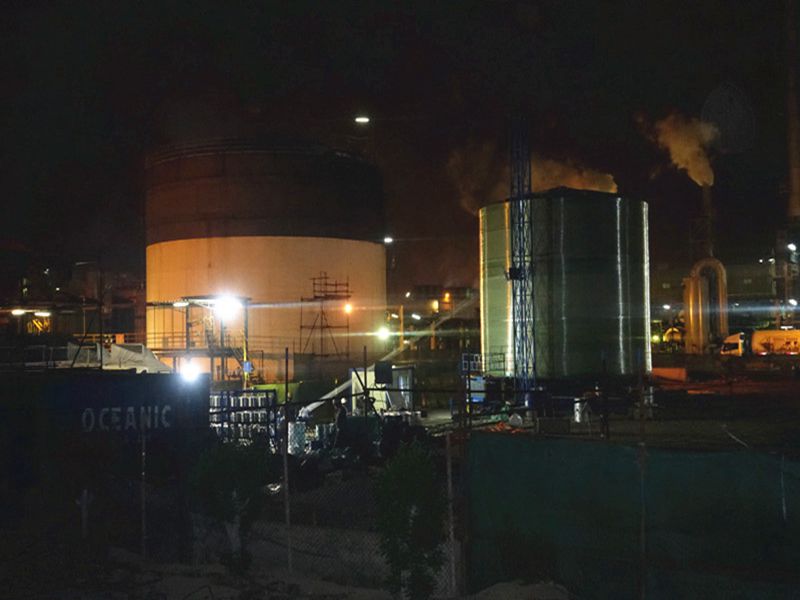
-
 Afrikaans
Afrikaans -
 Albanian
Albanian -
 Amharic
Amharic -
 Arabic
Arabic -
 Armenian
Armenian -
 Azerbaijani
Azerbaijani -
 Basque
Basque -
 Belarusian
Belarusian -
 Bengali
Bengali -
 Bosnian
Bosnian -
 Bulgarian
Bulgarian -
 Catalan
Catalan -
 Cebuano
Cebuano -
 China
China -
 China (Taiwan)
China (Taiwan) -
 Corsican
Corsican -
 Croatian
Croatian -
 Czech
Czech -
 Danish
Danish -
 Dutch
Dutch -
 English
English -
 Esperanto
Esperanto -
 Estonian
Estonian -
 Finnish
Finnish -
 French
French -
 Frisian
Frisian -
 Galician
Galician -
 Georgian
Georgian -
 German
German -
 Greek
Greek -
 Gujarati
Gujarati -
 Haitian Creole
Haitian Creole -
 hausa
hausa -
 hawaiian
hawaiian -
 Hebrew
Hebrew -
 Hindi
Hindi -
 Miao
Miao -
 Hungarian
Hungarian -
 Icelandic
Icelandic -
 igbo
igbo -
 Indonesian
Indonesian -
 irish
irish -
 Italian
Italian -
 Japanese
Japanese -
 Javanese
Javanese -
 Kannada
Kannada -
 kazakh
kazakh -
 Khmer
Khmer -
 Rwandese
Rwandese -
 Korean
Korean -
 Kurdish
Kurdish -
 Kyrgyz
Kyrgyz -
 Lao
Lao -
 Latin
Latin -
 Latvian
Latvian -
 Lithuanian
Lithuanian -
 Luxembourgish
Luxembourgish -
 Macedonian
Macedonian -
 Malgashi
Malgashi -
 Malay
Malay -
 Malayalam
Malayalam -
 Maltese
Maltese -
 Maori
Maori -
 Marathi
Marathi -
 Mongolian
Mongolian -
 Myanmar
Myanmar -
 Nepali
Nepali -
 Norwegian
Norwegian -
 Norwegian
Norwegian -
 Occitan
Occitan -
 Pashto
Pashto -
 Persian
Persian -
 Polish
Polish -
 Portuguese
Portuguese -
 Punjabi
Punjabi -
 Romanian
Romanian -
 Russian
Russian -
 Samoan
Samoan -
 Scottish Gaelic
Scottish Gaelic -
 Serbian
Serbian -
 Sesotho
Sesotho -
 Shona
Shona -
 Sindhi
Sindhi -
 Sinhala
Sinhala -
 Slovak
Slovak -
 Slovenian
Slovenian -
 Somali
Somali -
 Spanish
Spanish -
 Sundanese
Sundanese -
 Swahili
Swahili -
 Swedish
Swedish -
 Tagalog
Tagalog -
 Tajik
Tajik -
 Tamil
Tamil -
 Tatar
Tatar -
 Telugu
Telugu -
 Thai
Thai -
 Turkish
Turkish -
 Turkmen
Turkmen -
 Ukrainian
Ukrainian -
 Urdu
Urdu -
 Uighur
Uighur -
 Uzbek
Uzbek -
 Vietnamese
Vietnamese -
 Welsh
Welsh -
 Bantu
Bantu -
 Yiddish
Yiddish -
 Yoruba
Yoruba -
 Zulu
Zulu
fiberglass products for thermal and nuclear power
The Role of Fiberglass Products in Thermal and Nuclear Power
In the ever-evolving landscape of energy production, thermal and nuclear power plants play crucial roles in meeting the world's growing energy demands. As these industries advance, so too does the necessity for materials that can withstand extreme conditions while ensuring safety, efficiency, and utility. Fiberglass products, with their unique properties, have emerged as a vital resource in the construction and operation of thermal and nuclear power facilities.
Understanding Fiberglass
Fiberglass is a composite material made from fine strands of glass that are woven into a fabric and combined with a resin. This combination results in a lightweight, strong, and corrosion-resistant material. The versatility of fiberglass makes it suitable for various applications, particularly in harsh environments like those found in thermal and nuclear power plants.
Applications in Thermal Power Plants
In thermal power plants, where energy is generated by heating water to create steam that drives turbines, fiberglass products find multiple applications. One significant use is in the insulation of pipes and tanks that transport hot water and steam. Fiberglass insulation is highly effective in reducing heat loss, which enhances the efficiency of the plant and saves on fuel costs. Furthermore, fiberglass is resistant to moisture and mildew, which is particularly important in a thermal environment where humidity levels can be high.
Fiberglass-reinforced plastics (FRP) are also used in the construction of components such as cooling towers and storage tanks. These materials have excellent resistance to the corrosive effects of chemicals commonly found in thermal power facilities. The longevity of fiberglass products helps reduce maintenance costs and downtime, which are critical factors in the energy production industry.
The Role in Nuclear Power Plants
fiberglass products for thermal and nuclear power

When it comes to nuclear power, safety and reliability are paramount. Fiberglass products contribute significantly to these aspects. One of the essential applications is in the construction of containment structures. Fiberglass-reinforced composites provide excellent shielding from radiation while allowing for structural integrity. The lightweight nature of fiberglass facilitates easier handling and installation, which is crucial in maintaining stringent safety standards.
For nuclear reactors, where temperatures can soar, using fiberglass as thermal insulators proves invaluable. It not only minimizes heat loss, improving efficiency but also helps in maintaining the necessary safety margins that are vital for nuclear energy production.
Moreover, fiberglass is used in the development of various components such as control rod assemblies, piping systems, and valve housings. Its ability to withstand extreme temperatures and resist chemical reactions offers significant advantages over traditional materials like steel or aluminum, which can corrode or weaken under high radiation exposure and thermal stress.
Environmental Considerations
As the world increasingly focuses on sustainable practices, the use of fiberglass products in thermal and nuclear power plants aligns well with environmental goals. Fiberglass’s durability and resistance contribute to longer operational life cycles, reducing the frequency of replacements and the waste generated by these facilities. Furthermore, by improving energy efficiency, fiberglass helps lower overall emissions associated with energy production, which is crucial in combatting climate change.
Conclusion
In summary, fiberglass products play an indispensable role in the operation of thermal and nuclear power plants. Their unique properties of strength, lightweight construction, and resistance to extreme conditions make them ideal for various applications within these facilities. As demand for efficient and safe energy continues to rise, the importance of fiberglass in the energy sector is only set to grow, highlighting a pathway toward innovative and sustainable energy solutions for the future.
Latest news
-
Exploring the Benefits of Top Hammer Drifter Rods for Enhanced Drilling PerformanceNewsJun.10,2025
-
High-Precision Fiberglass Winding Machine for GRP/FRP Pipe Production – Reliable & Efficient SolutionsNewsJun.10,2025
-
FRP Pipes & Fittings for Shipbuilding - Corrosion-Resistant & LightweightNewsJun.09,2025
-
Premium FRP Flooring Solutions Durable & Slip-ResistantNewsJun.09,2025
-
Premium Fiberglass Rectangular Tanks Durable & Lightweight SolutionNewsJun.09,2025
-
Tapered Drill String Design Guide Durable Performance & UsesNewsJun.09,2025









